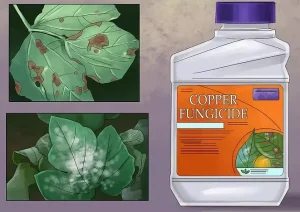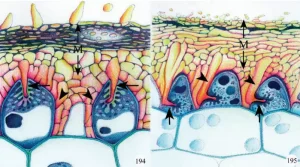Ectomycorrhiza – Structure, Development and Functions
Introduction The Ectomycorrhiza or ectomycorrhizal root are characterized by the presence of three structural components: Almost all of the plants upon which ectomycorrhizas develop are woody perennials. Ectomycorrhizal associations are formed predominantly on the fine root tips of the host, … Read more





